Creeping juniper: the best varieties, planting and care rules
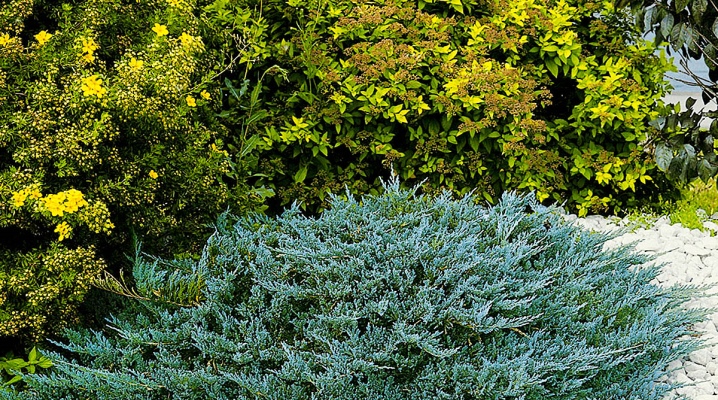
The creeping juniper is a decoration of any garden. Its planting and care is not too difficult, but the culture pleases with its appearance for many years. The unusual appearance, the presence of numerous colors and rather compact sizes allow the plant to be used to create flower beds, rose gardens, alpine slides and other landscape design ideas.
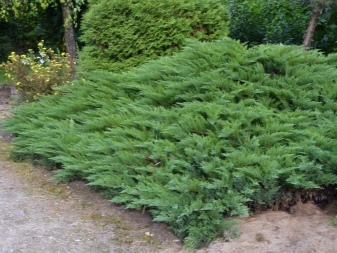
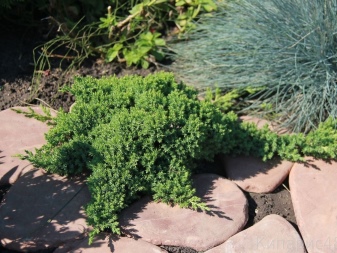
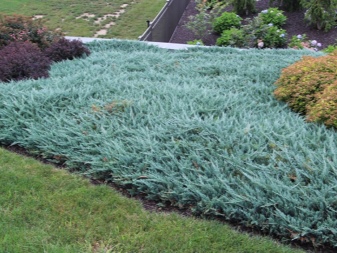
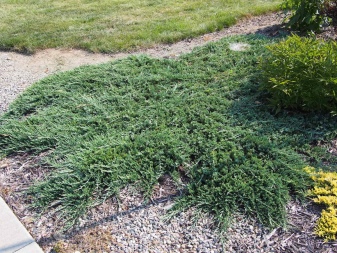
Peculiarities
The creeping juniper is often called creeping, horizontal or prostrate. The branches of the plant completely cover the ground, forming an attractive carpet, which explains the popularity of this plant with landscape designers. The height of the shrub ranges from 10 to 50 centimeters, and the width usually does not exceed the interval from one meter to two meters. The shape of the crown resembles a pillow, and can also be simply spreading or round. Juniper needles are of two types: needles and scales. The length of the needles ranges from 2 to 5 millimeters.
The color of the creeping juniper is completely different: golden, silver, blue or green. Juniper bears fruit with cones in the form of small balls.
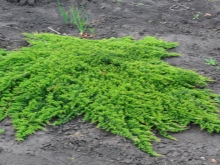
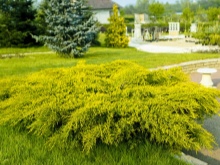
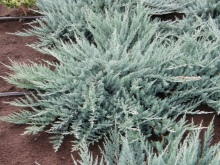
In most cases, they are painted in a rich blue tint with a grayish tinge. Branched roots are located fairly close to the surface. Such a culture grows in central Russia and for quite a long time, up to 300 years.
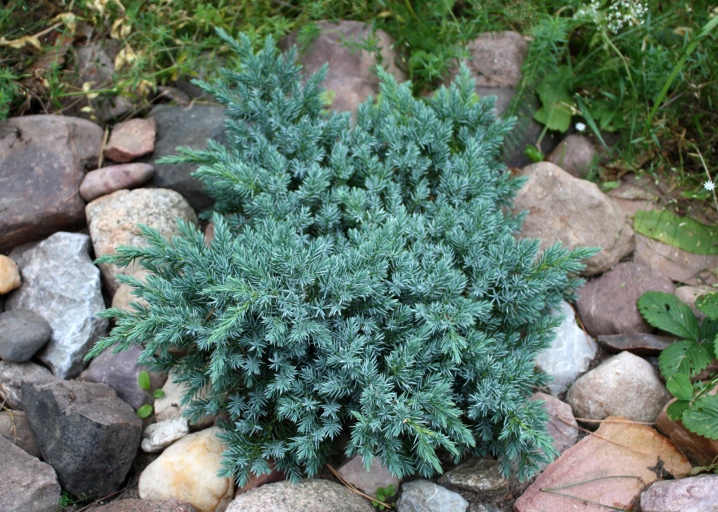
Description of species and varieties
The creeping juniper has numerous species and varieties, allowing you to choose the best option for any personal plot. At the same time, the color of the recumbent variety varies from calm silver to dark green. Shrubs of a blue hue are considered the most attractive. All horizontal species are usually divided into dwarf ones, the height of which ranges from 10 to 15 centimeters, undersized, reaching 50 centimeters, and also medium-sized, not growing above one meter.
Variety "Nana" is a low shrub with a tough and dense crown.
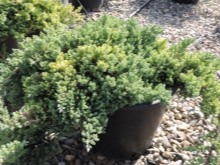
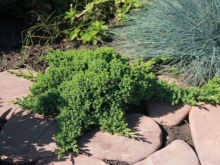

The height of the plant reaches only 0.2 meters, and the diameter of the crown ranges from one to one and a half meters. The needles are colored green-blue and have a pronounced green vein. The name "Blue thorn" is also popular among gardeners. A fast-growing, blue-tinted shrub with needle-like needles and is often used to form alpine slides or retaining walls. The ground cover variety "Blue Forrest" is also well-known, attracting attention with a delicate shade of a blue palette. It is impossible not to mention the Andorra Compact variety with an original gray-blue color of the crown, as well as the flat Admirabilis, which grows up to 30 centimeters in height.
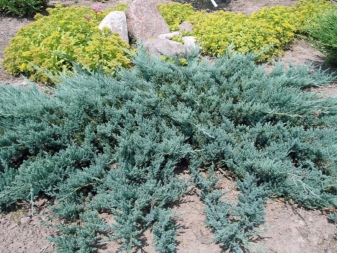
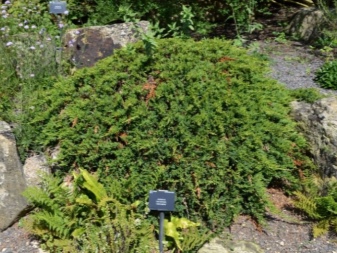
Landing rules
It is most correct to plant those seedlings that have a closed root system, that is, with a rather large earthy clod. Such plants adapt faster, tolerate transplanting more easily, and also initially have fertilized soil. It is important to ensure that the soil mixture in the container is moist and that the shoots of the bush are firm and healthy. The needles should not fall off the branches. To properly plant a creeping juniper, you need to deliberately choose a place.
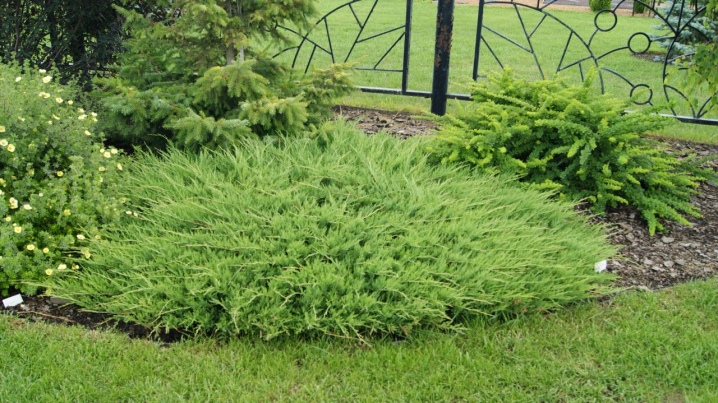
The hole has to be dug out of such a size that the width is three times larger than the seedling together with the earthen lump. The depth should allow the root collar to be at the required height, that is, at ground level, even taking into account the shrinkage of the earth. As a rule, we are talking about a depth of 50 to 70 centimeters. The bottom is filled with drainage of sand or brick chips, forming a layer with a thickness of 10 to 12 centimeters. In the absence of an interlayer, the roots can rot if excessive moisture is present.
When the hole on top of the drainage is half filled with soil mixed with sand and peat, it is time to irrigate the surface and transplant a seedling into it.

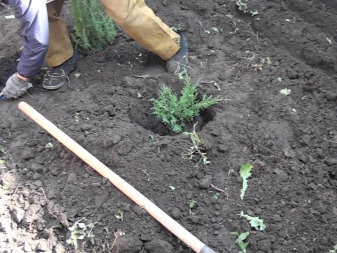
Further, all the voids are filled with nutritious soil, everything is irrigated with high quality and mulched with peat or sawdust. Before the onset of frost, for additional protection, you will need to use spruce branches or special covering material.
It should be mentioned that the creeping juniper should be planted in sunny areas or areas with a little partial shade. If the place is completely shady, then the color of the plant will not change for the better. The soil can be just moderately moist and rather loose. In addition, the soil should be either neutral or slightly acidic, and located away from groundwater.
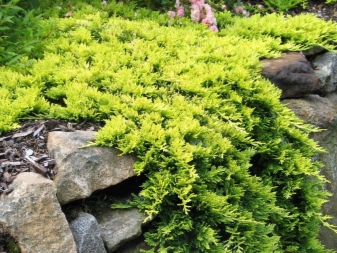
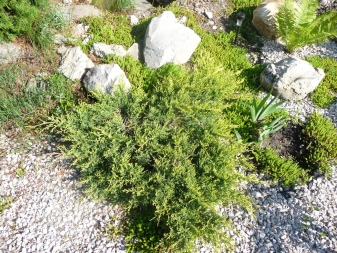
How to care?
Outdoor care for creeping junipers is not overly difficult. Irrigation of the crop requires moderate but regular irrigation. In principle, subject to regular precipitation, the culture can not be watered at all, but in the hot dry months, watering will have to be carried out at least a couple of times a week. In the evening, it makes sense to carry out sprinkling - the plant reacts to such a procedure in a positive way. It is necessary to fertilize the creeping juniper in the spring. As a rule, complexes containing mineral substances for conifers, or nitroammofoska, are used for this purpose. If the bush has undergone stress or froze in winter, then additionally it should be treated with a preparation like "Epin".
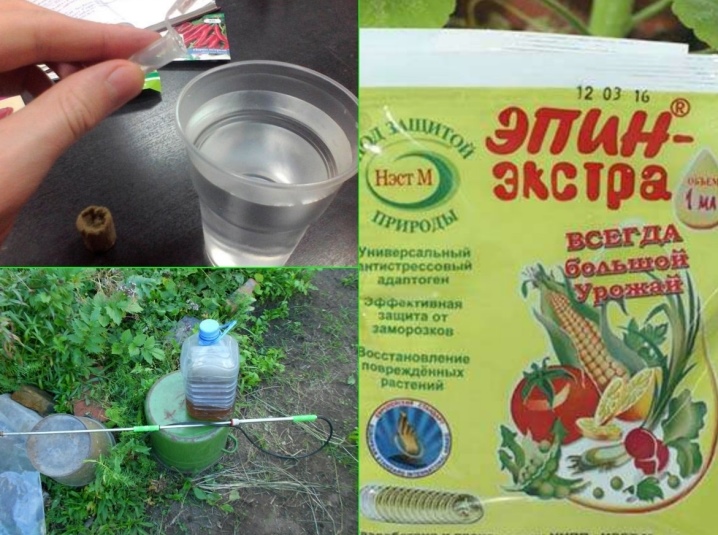
Loosening is carried out not too deep - about 5 or 6 centimeters, since the root system is located quite close to the ground, and sharp blows of the tool can damage it.
It is customary to loosen the soil immediately after watering, combining the procedure with weeding. The area at the trunk of the shrub is mulched with peat, sawdust or wood chips while the plant is still young. For an adult, this procedure is not necessary.
The shaping haircut of the creeping juniper, in principle, is not needed. However, if you wish, you can form a more accurate appearance, or you can cut off the excess branches of the thickened crown. For sanitary purposes, the juniper can be cut in the spring months before the sap begins to move. The procedure includes the elimination of dried, diseased or damaged shoots in any way. There is no need to cook an adult ephedra for the winter. Young seedlings should be protected by spruce branches by adding peat to the trunk circle. At the junction of February and March, it is additionally recommended to shade the juniper in order to avoid the appearance of burns.
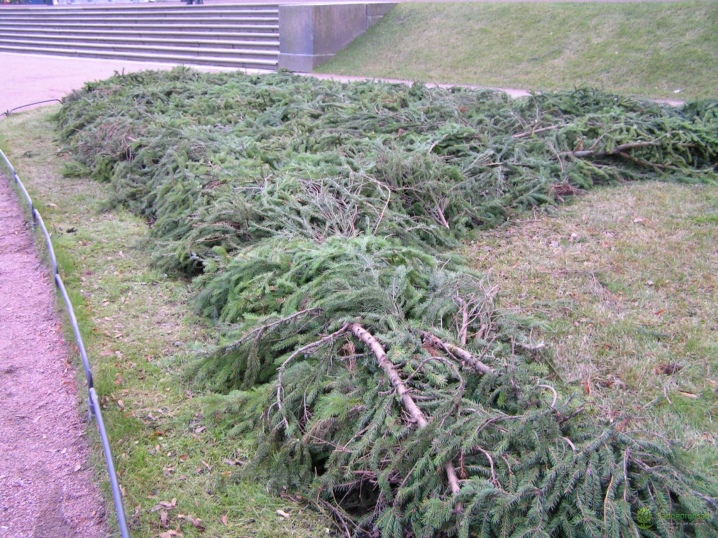
Reproduction methods
It will be possible to propagate creeping juniper in several ways: by seeds, cuttings, grafts and layering. The seed method is not very popular, since this process is long and complex. The same can be said about vaccinations, therefore, among ordinary summer residents, juniper propagates by cuttings and layering. When grafting, everything starts with the fact that in April, shoots are cut from a healthy and young plant, the length of which is from 10 to 12 centimeters. A small piece of old wood should remain on the cut, above which the needles are removed by five centimeters.
It would be good to keep the cuttings in a special solution to stimulate growth, and then root them in soil created from a mixture of peat and sand, taken in a 1: 1 ratio.
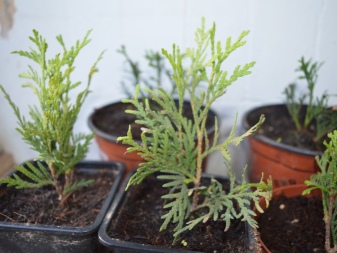

Then everything is covered with cling film and removed to a dark place. Seedlings should be regularly sprayed and ventilated. After about 40 days, the roots should appear in the cuttings, and in June the juniper can be transplanted to a permanent place.
Reproduction by layering is also quite often used, since this method is very characteristic of horizontally developing plants. The procedure can be carried out at any time during the growing season. Everything is done as follows: the branch is bent to the ground, and then fixed using wooden parts. Next, the plant just needs to be watered until the roots appear. The soil must first be dug up and loosened, as well as enriched with river sand and moistened sphagnum peat. To speed up the appearance of roots, it makes sense to release 30 extreme centimeters each: to clear the needles and add an incision at the ditching point.
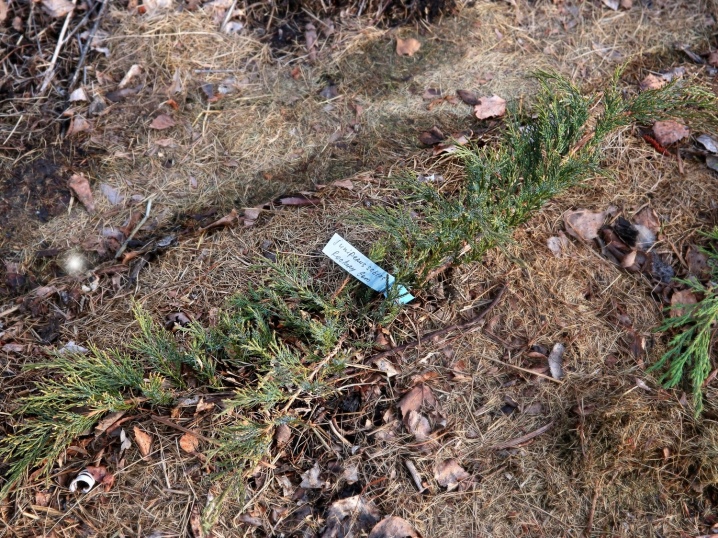
Diseases and pests
If the juniper turns yellow, dries and crumbles, then most likely it has become infected with Fusarium, which occurs due to excess moisture. The presence of an excess content of salts in the soil contributes to the appearance of rust, and the culture does not grow due to the constant presence in the shade. In most cases, the treatment of diseases is carried out by balancing care, as well as the use of fungicides and Bordeaux liquid. Quite often, the creeping juniper is also attacked by aphids, spider mites and scale insects, which can only be dealt with by insecticides or a solution of ordinary laundry soap in the early stages. Attracting birds also helps to get rid of many insects.

It should be mentioned that horizontal juniper can be a carrier of a disease dangerous to other plants called pear rust.
It is easy to determine the infection by the appearance of small growths on the shoots, the diameter of which does not exceed half a centimeter. The juniper itself will practically not suffer from the disease, but the nearby pear trees will be seriously damaged. Given that the culture is a long-liver, the life span of which sometimes exceeds a hundred years, poorly selected neighbors will suffer greatly.
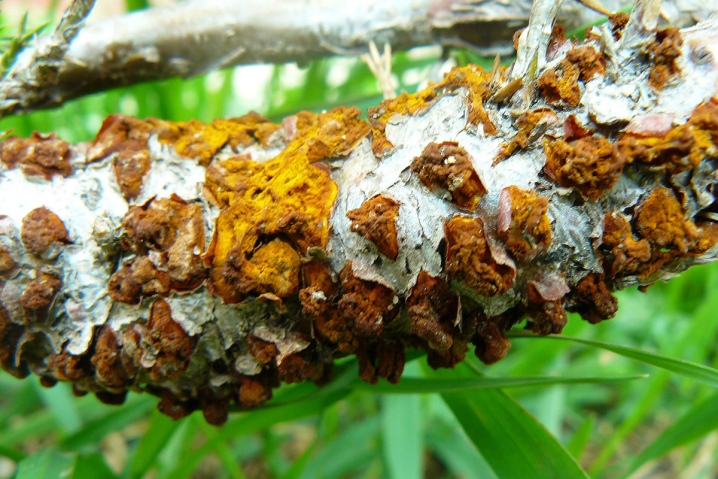
Use in landscape design
The creeping juniper is very often used in the design of a garden, square or park. The plant can become a very attractive living lawn, organize a live border or framing a flower bed or flower garden. Since culture can develop in containers, juniper is suitable for decorating gazebos, verandas or terraces. The shrub looks very good in combination with flowers, ornamental grasses, conifers or deciduous crops. Experts also recommend considering the juniper as a component of an alpine slide, Japanese or English garden.
See below for the use of horizontal juniper in landscape design.



































































The comment was sent successfully.